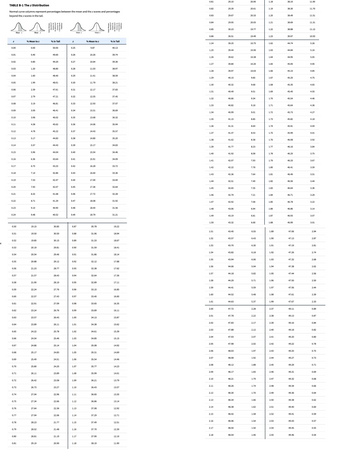the brain, which can be viewed using PET imaging. The radiotracer has a reported half-life of 14 hours, where its radioactivity will be below detection threshold. A random sample of 40 solutions of the dye is made up at the same concentration and their specific activities measured by a scintillation counter. The average half-life of these dyes is 14.3 hours. Assume that half-life is normally distributed with a standard deviation of 0.58 hours. Is there evidence to support the claim that the mean half-life exceeds 14 hours? Use a 5% level of significance. Your answer should include: State the statistical hypotheses (using
Medical researchers have developed a radiotracer dye that can bind to specific dopaminergic cell receptor sites in the brain, which can be viewed using PET imaging. The radiotracer has a reported half-life of 14 hours, where its radioactivity will be below detection threshold. A random sample of 40 solutions of the dye is made up at the same concentration and their specific activities measured by a scintillation counter. The average half-life of these dyes is 14.3 hours. Assume that half-life is
Your answer should include:
State the statistical hypotheses (using the appropriate notation).
Indicate whether the alternative hypothesis is non-directional or directional (and how you know).
Set the decision rules, which will include:
o State alpha
o Providing the critical value for the test statistic
o Sketch the curve and label the rejection region
o State the decision rules using the critical value approach
Calculate the test statistic
Draw a conclusion (state whether H0 is rejected or not and why you made this decision).
Interpret the result.
Step by step
Solved in 2 steps with 2 images

How did you find the critical Value in regards to my z Table? If you could help me with figuring this out, I would appreciate it as I want to practice this as much as possible and learn how to do it well! Included is my Z table and T table from my textbook that goes with question - forgot to include.
Thank you in advance









